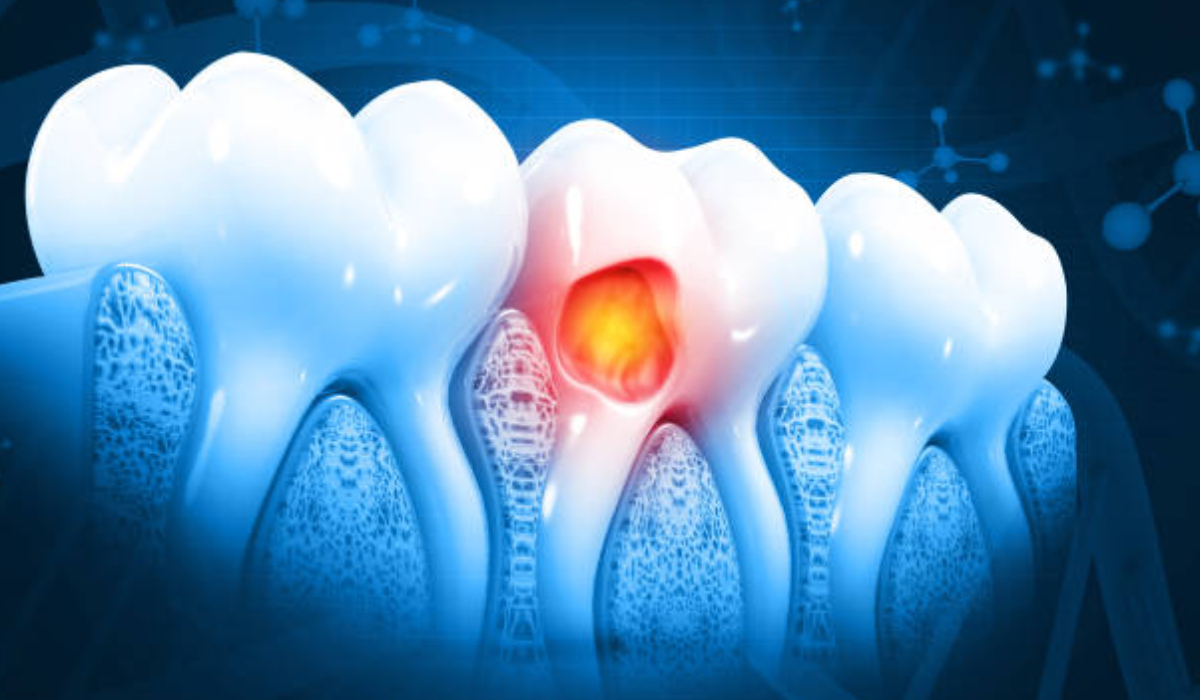Tooth decay, commonly known as dental caries, is a common disease that can lead to serious dental issues if not treated promptly. Recognizing the causes and early indicators of tooth decay is critical to maintaining good oral health. Tooth decay occurs when bacteria in the mouth produce acids that dissolve enamel, causing cavities. Tooth decay is caused by a lack of fluoride, poor dental care, and excessive consumption of sugary foods and beverages.
Knowing when to see the dentist is crucial for avoiding future issues. Early intervention can help you avoid more extensive and costly operations in the future. If you have symptoms like tooth sensitivity, pain, discolouration, or apparent gaps in your teeth, you should see a dentist. Residents of Whitefield should seek immediate care from a reputable Dental Clinic in Whitefield to ensure timely and successful treatment. This article will explain the indicators of tooth decay and when you should see a dentist for treatment.
Understanding Tooth Decay: Causes
Tooth decay, or dental caries, occurs when bacteria in the mouth produce acids that disintegrate tooth enamel. These bacteria absorb the sugars and starches left on teeth after eating and drinking, producing acids that erode enamel and cause cavities. Understanding the most common causes of tooth decay will allow you to take preventative measures to keep your mouth healthy.
Poor Oral Hygiene: Inadequate brushing and flossing results in plaque, a sticky film of germs that forms on the teeth. This buildup of bacteria can result in scale, hastening damage by attracting more bacteria.
Frequent Snacking and Sugary Drinks: Consuming sugary meals and beverages regularly provides bacteria with a consistent source of sugar. The acid produced by this continual feeding cycle erodes the enamel, increasing the risk of tooth decay.
Fluoride deficiency: Fluoride is a naturally occurring mineral that protects enamel against acid attacks, hence avoiding tooth decay. A lack of fluoride, which can arise as a result of insufficient fluoride in drinking water or the inability to use fluoride toothpaste, increases the risk of tooth decay.
Dry Mouth: Saliva is essential for neutralizing acids and removing food particles from the mouth. Reduced saliva production, which can be caused by certain drugs, medical conditions, or simply not drinking enough water, can lead to dry mouth. This dry environment causes acids to remain on teeth longer, increasing the risk of decay.
Dental fillings and crowns can wear out or get damaged over time. These worn or damaged restorations provide holes for germs to accumulate and cause degeneration beneath the filling or crown.
The Significance of Early Diagnosis and Therapy.
Early detection and treatment of tooth decay are critical in avoiding more serious dental issues. When left untreated, dental decay can spread to deeper layers of the tooth, causing discomfort, infection, and, ultimately, tooth loss. Recognizing the early signs of tooth decay and seeking urgent treatment can save you from more invasive and costly procedures later on.
White patches on the enamel are an early sign of tooth deterioration. These patches depict areas where the enamel is eroding owing to acid assaults from bacteria.
Tooth Sensitivity: If you have heightened sensitivity to hot, cold, or sweet meals and drinks, this could be an indication of early tooth decay. This sensitivity arises as the enamel wears away, revealing the more sensitive dentin layer beneath.
Discolouration: Tooth decay can produce discolouration, which appears as brown, black, or gray spots on the teeth. This discoloration indicates locations where decay has advanced and the enamel has been weakened.
Pain or Discomfort: Persistent toothache or discomfort while biting or chewing indicates that tooth decay has progressed. This discomfort might be slight or severe, and it should not be disregarded.
Seeking treatment at the earliest sign of tooth decay is critical to preventing the illness from progressing. Early management not only relieves discomfort but also helps to preserve the tooth’s natural structure. If you live in Whitefield and have any of these symptoms, you should consult an Orthodontist in Whitefield for a comprehensive examination and proper treatment. Taking action early helps keep your oral health in good condition and prevent more significant dental problems in the future.
Common Tooth Decay Treatments
Tooth decay can be treated in a variety of ways, depending on the severity of the condition. Taking care of decay as soon as possible might help you avoid more serious dental problems and maintain your oral health. Here are some popular treatments for dental decay:
Fluoride Treatments: Fluoride treatments can help rebuild enamel and reverse deterioration in its early stages. Fluoride strengthens tooth enamel, increasing its resistance to acid assaults from germs.
Dental Fillings: For more advanced decay, dentists will extract the rotted section of the tooth and replace the cavity with composite resin, amalgam, or gold. This procedure protects the tooth’s structure and function, preventing further deterioration.
Crowns: If there is extensive decay and the tooth structure has deteriorated, a crown may be necessary. A crown is a cap that completely covers the tooth, restoring its shape, strength, and function. Crowns are usually constructed of porcelain, ceramic, or metal.
Root Canals: If decay has reached the inner pulp of the tooth, a root canal may be necessary. This process consists of removing the injured pulp, cleaning the inside of the tooth, and sealing it to avoid further infection. Root canal treatment is critical for preserving a tooth that would otherwise have to be pulled. If you require a root canal, contact Root Canal Treatment in Whitefield to guarantee you receive professional care.
Extractions: In extreme circumstances where the tooth cannot be preserved, extraction may be required. Removing the tooth may assist in preventing infection and relieve pain. Following an extraction, dental implants or bridges can replace the missing tooth and restore your smile.
Each treatment option has its specific purpose and benefits. Consulting with your dentist will help determine the best course of action based on the severity of your tooth decay and overall oral health.
Dental Fillings are Used to Treat Tooth Decay.
Dental fillings are one of the most common treatments for tooth decay, giving a reliable way to restore a tooth’s health and functionality. The procedure comprises removing the rotting part of the tooth and filling the resulting cavity with an appropriate material. This helps to prevent additional decay and protects the tooth’s structural integrity. Here are some often-used filler materials:
Composite Resins: These tooth-coloured materials mix in smoothly with natural teeth, making them a visually appealing option. They are perfect for visible fillings and offer a natural appearance.
Amalgam: Amalgam fillings are silver-coloured and can withstand high chewing forces. They are commonly used as fillings in posterior teeth where strength is required.
Gold: Gold fillings are durable and long-lasting, although they are more expensive. They are well tolerated by gum tissues and can last for many years, making them an excellent option for those seeking long-term health.
Ceramics: These tooth-coloured fillings resist stains and provide a natural appearance. Ceramic fillings are commonly used for large cavities and regions where aesthetics are important.
Parents who are concerned about their children’s dental health should contact a Pediatric Dentist in Whitefield to ensure that young kids receive the finest possible care. Pediatric dentists are skilled in meeting the unique needs of children and can recommend the best filling materials for young teeth. Ensuring that children receive timely tooth decay treatment improves their oral health and sets the stage for a lifetime of healthy smiles.
Conclusion: Taking Action to Maintain Your Healthy Smile.
Tooth decay is preventable and treatable, but early detection and care are critical. Understanding the causes of tooth decay and recognizing the early warning signs enables you to take preventive measures to protect your teeth. To avoid tooth decay, brush and floss regularly, restrict sugary meals and drinks, and schedule routine dental check-ups. If you see any signs of tooth sensitivity, discolouration, or discomfort, get professional dental care straight once.
Taking timely treatment will help you avoid more significant dental problems in the future. Visiting a professional dental clinic in Whitefield ensures high-quality care and effective tooth decay treatment. Early intervention, like fluoride treatments, fillings, or more complex surgeries, can help you regain dental health and maintain your smile. Do not wait for tooth problems to worsen; instead, prioritize your oral health and take precautions to ensure a healthy future.


